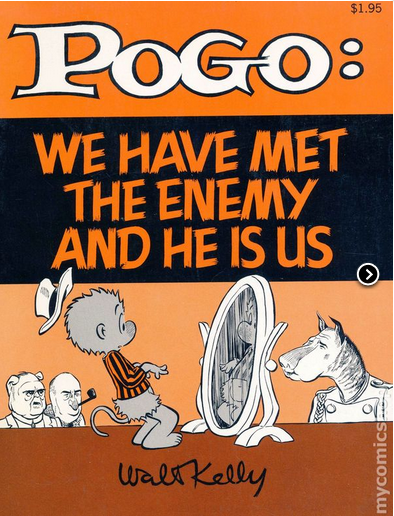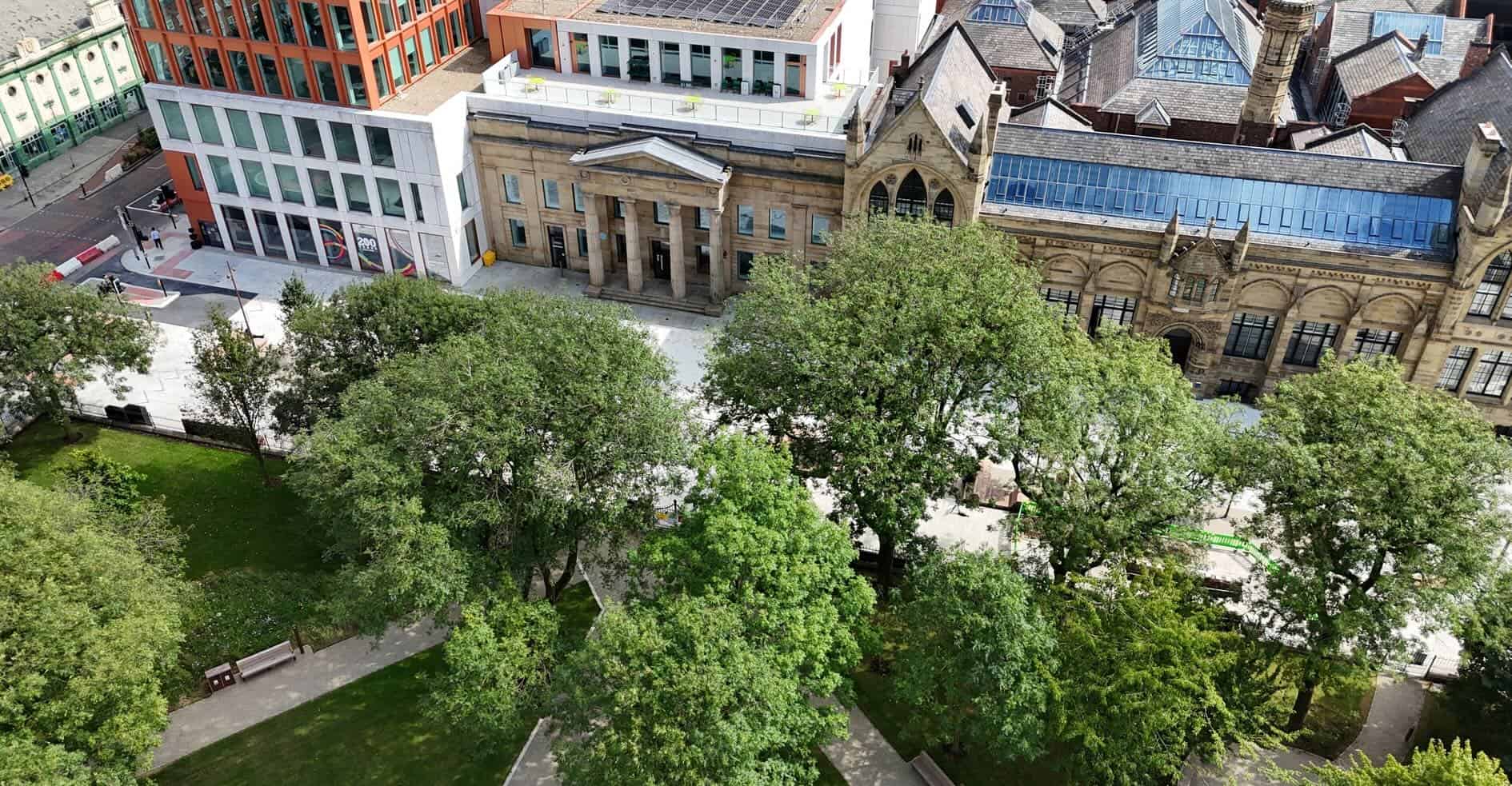Class conflict has always been woven into the fabric of American higher education. The struggle over access, affordability, and control of knowledge production has long pitted economic elites against working-class and middle-class students, faculty, and staff. Since the 1960s, these tensions have only deepened, exacerbated by policy shifts that have served to entrench inequality rather than dismantle it.
The 1960s marked a critical turning point in the political battle over higher education. Ronald Reagan’s war on the University of California system while he was governor set the tone for a broader conservative backlash against public higher education, which had been expanding to accommodate the postwar baby boom and increasing calls for racial and economic justice. Reagan’s attacks on free tuition and student activism foreshadowed decades of policies designed to limit public investment in higher education while encouraging privatization and corporate influence.
Since the 1970s, economic inequality in the US has grown dramatically, and higher education has been both a battleground and a casualty in this ongoing class war. Today, the sector is experiencing a long-running meltdown, with no signs of reversal. The following key issues illustrate the breadth of the crisis:
Educated Underclass and Underemployment
The promise of higher education as a pathway to economic security has eroded. A growing segment of college graduates, particularly those from working-class backgrounds, find themselves in precarious employment, often saddled with student debt and working jobs that do not require a degree. The rise of the educated underclass reflects a broader trend of economic stratification in the US, where social mobility is increasingly constrained.
Student Loan Debt Crisis
Student loan debt has surpassed $1.7 trillion, shackling millions of Americans to a lifetime of financial insecurity. The cost of higher education has skyrocketed, while wages have stagnated, leaving many borrowers unable to pay off their loans. Rather than addressing this crisis with systemic reform, policymakers have largely chosen half-measures and band-aid solutions that fail to address the structural drivers of student debt.
The Role of Foreign Students in US Higher Education
The influx of international students, particularly from wealthy families abroad, has been used as a revenue stream for cash-strapped universities. While diversity in higher education is valuable, the prioritization of full-tuition-paying international students over domestic students, especially those from working-class backgrounds, reflects a troubling shift in university priorities from public good to profit-seeking.
Academic Labor and Adjunctification
Higher education’s labor crisis is one of its most glaring failures. Over the past several decades, universities have replaced tenured faculty with contingent faculty—adjuncts and lecturers who work for low wages with no job security. This adjunctification has degraded the quality of education while exacerbating economic precarity for instructors, who now make up the majority of faculty positions in the US.
Identity Politics and DEI as a Substitute for Racial Justice
Diversity, Equity, and Inclusion (DEI) initiatives have become a central focus of university policies, yet they often serve as a superficial substitute for genuine racial and economic justice. Originating in part from efforts like those of Ward Connerly in California, DEI programs provide cover for institutions that continue to perpetuate racial and economic inequities, while failing to address core issues such as wealth redistribution, labor rights, and equitable access to higher education.
Privatization of Higher Education
Public funding for universities has declined, and in its place, privatization has surged. Universities have increasingly outsourced services, partnered with corporations, and relied on private donors and endowments to stay afloat. This shift has transformed higher education into a commodity rather than a public good, further marginalizing low-income students and faculty who cannot compete in a system driven by financial interests.
Online Education and the For-Profit Takeover
The rise of online education, fueled by for-profit colleges and Online Program Managers (OPMs), has introduced new layers of exploitation and inequality. While online education promises accessibility, in practice, it has been used to cut costs, lower instructional quality, and extract profits from students—many of whom are left with degrees of questionable value and significant debt.
Alienation and Anomie in Higher Education
As economic pressures mount and academic work becomes more precarious, feelings of alienation and anomie have intensified. Students and faculty alike find themselves disconnected from the traditional mission of higher education as a space for critical thought and democratic engagement. The result is a crisis of meaning that extends beyond the university into broader society.
The Power of Elite Universities
At the other end of the spectrum, elite universities continue to amass enormous endowments, wielding disproportionate influence over higher education policy and urban development. These institutions contribute to gentrification, driving up housing costs in surrounding areas while serving as gatekeepers to elite status. Their governing structures—dominated by trustees from finance, industry, and politics—reflect the interests of the wealthy rather than the needs of students and faculty.
The Way Forward
To avoid the full entrenchment of an oligarchic system, those who hold power in higher education must step aside and allow for systemic transformation. This means prioritizing policies that restore public investment in education, dismantle student debt, protect academic labor, and democratize decision-making processes. The fight for a more just and equitable higher education system is inseparable from the broader struggle for democracy itself.
As history has shown, real change will not come from those at the top—it will come from the courageous efforts of students, faculty, and workers who refuse to accept a system built on exploitation and inequality. The time to act is now.


